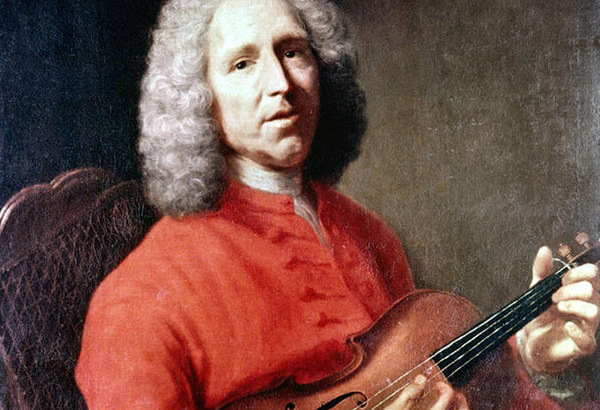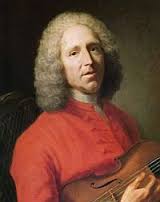Jean-Philippe Rameau (1683-1764) was a seminal French composer and music theorist of the Baroque era. His work profoundly influenced both the theory and practice of music in his time and continues to be revered today. Rameau’s compositions encompass a wide range of genres, from operas and ballets to keyboard works and chamber music. Here, we delve into ten of his best compositions that showcase his remarkable talent and enduring legacy.
1. Les Indes galantes (1735)
“Les Indes galantes” is an opéra-ballet, one of Rameau’s most famous and frequently performed works. The piece is a vibrant depiction of various exotic lands, combining lively dance rhythms with rich orchestration. The opera includes the well-known “Les Sauvages,” which captures the imagination with its infectious energy and rhythmic drive.
2. Castor et Pollux (1737)
“Castor et Pollux” is considered one of Rameau’s masterpieces. This tragédie en musique tells the story of the mythological twins, Castor and Pollux, and their undying fraternal love. The opera is renowned for its powerful choral writing, dramatic recitatives, and deeply expressive arias.
3. Dardanus (1739)
“Dardanus” is another significant tragédie en musique by Rameau. Despite a lukewarm initial reception, the opera later gained recognition for its rich orchestration and dramatic depth. The aria “Lieux funestes” and the orchestral “Tambourins” are highlights, showcasing Rameau’s ability to convey deep emotion and intricate musical textures.
4. Hippolyte et Aricie (1733)
“Hippolyte et Aricie” marked Rameau’s debut as an opera composer and was a pivotal work in his career. The opera is based on the tragedy by Racine and features complex characters and a richly textured score. The “Forest Scene” is particularly notable for its innovative orchestration and atmospheric writing.
5. Pièces de clavecin (1724, 1728, 1741)
Rameau’s “Pièces de clavecin” are collections of harpsichord music that display his mastery of the instrument. These pieces are characterized by their intricate ornamentation, inventive harmonies, and expressive melodies. The “Les Cyclopes” and “La Poule” are among the most celebrated works in these collections, demonstrating Rameau’s virtuosity and creativity.
6. Les Boréades (1764)
“Les Boréades” is Rameau’s last opera and is often hailed as one of his finest achievements. The opera, which was not performed during his lifetime, combines elements of tragedy and comedy with a lush and imaginative score. The overture and the choral work “Brisons tous nos fers” are particularly striking.
7. Platée (1745)
“Platée” is a comédie lyrique that stands out for its humor and wit. The opera tells the story of the ugly nymph Platée who believes Jupiter is in love with her. The music is characterized by its lively rhythms, engaging melodies, and playful orchestration. The titular role of Platée is one of the most challenging and entertaining in the Baroque repertoire.
8. Les fêtes d’Hébé (1739)
“Les fêtes d’Hébé” is an opéra-ballet that celebrates the arts of poetry, music, and dance. The work is divided into three acts, each dedicated to one of these arts, and features a variety of musical styles and forms. The opera is known for its elegant dances and exquisite arias, such as “Aux langueurs d’Apollon.”
9. Zoroastre (1749)
“Zoroastre” is a tragédie en musique that explores themes of good versus evil and the power of enlightenment. The opera is distinguished by its dramatic intensity, innovative orchestration, and complex vocal writing. The character of Zoroastre and the choral passages are particularly memorable.
10. La princesse de Navarre (1745)
“La princesse de Navarre” is a comédie-ballet composed for the wedding of the Dauphin, the future Louis XVI. The work combines elements of comedy and ballet with Rameau’s characteristic musical sophistication. The dance sequences, such as the “Contredanse en rondeau,” highlight Rameau’s skill in writing for dance.
Conclusion
Jean-Philippe Rameau’s contributions to music were monumental, and his works continue to captivate audiences with their richness and innovation. His operas and instrumental compositions are testaments to his genius, blending technical mastery with deep emotional expression. Whether through the grandeur of his operas or the intricacy of his keyboard works, Rameau’s music remains a cornerstone of the Baroque repertoire, offering a timeless and compelling listening experience.


Comments are closed